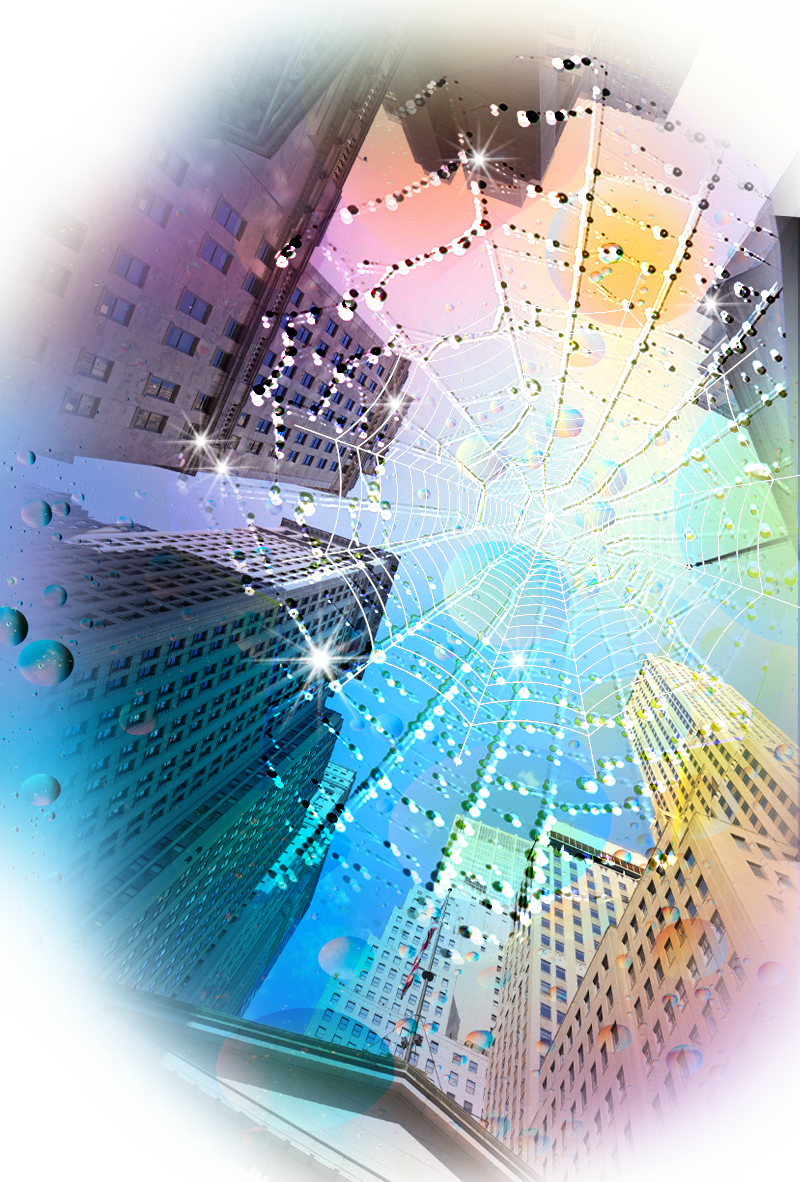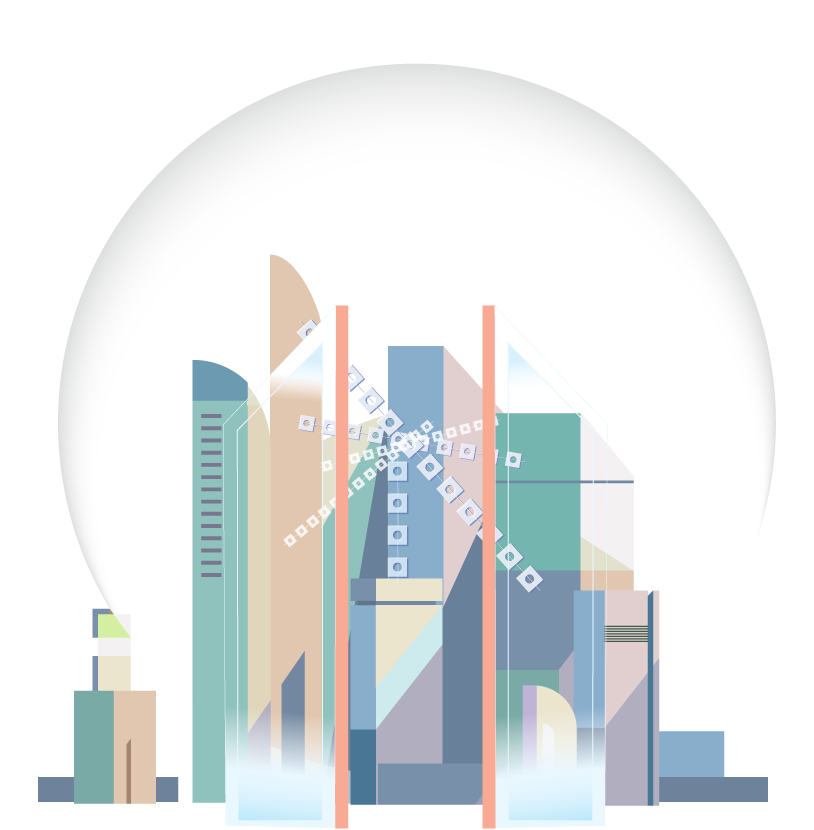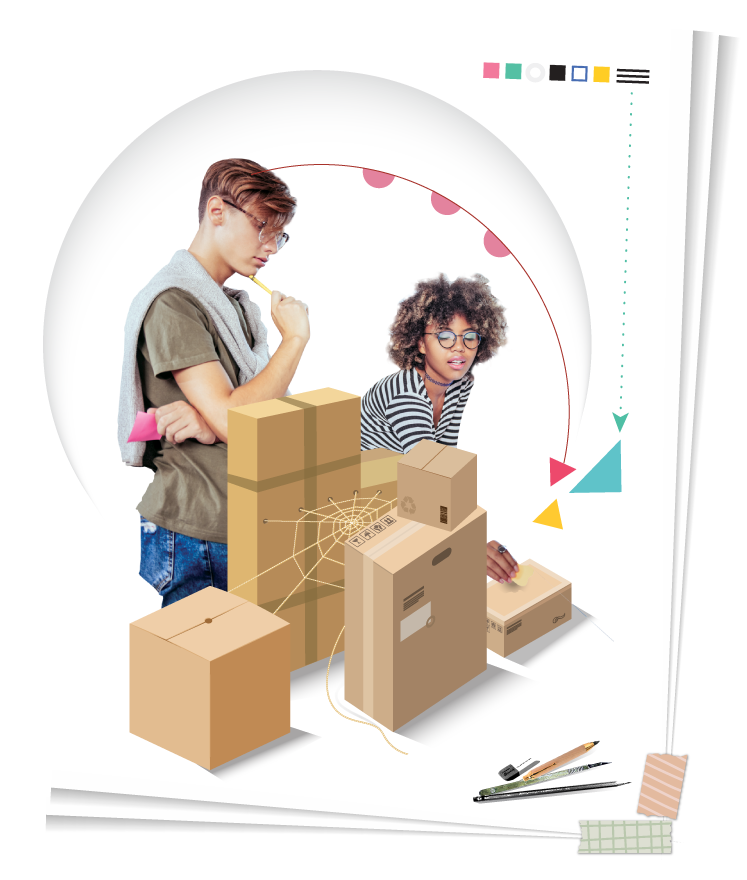Learning Ripple
Ripples@Work is a complex, multidimensional learning model.
It is not designed to impress with an accumulation of miscellaneous knowledge but to correspond with the view of the world that advanced technology has given us: seeing life in great detail and from more than one perspective.
We should follow this principle in examining the foundational symbol of the model—the ripple itself. So far, we have considered it from one angle: a bird’s-eye view. From this perspective, we see the ripplework—a pattern of moving ripples—as corresponding with a world consisting of dynamic systems. One of these systems is the individual learner, who causes changes by interacting with their surroundings and expands their knowledge because of these interactions.
Now, let’s look at a cross-section of the ripple’s dynamic.
In the diagram below, the drop of water signifies a piece of new information the learner has acquired, attracted by his or her individual interest, curiosity, concern or imagination. It creates a ripple, so to speak, within the cognitive medium of the individual.
In reality, the water in the ripple is not moving away from the center as it appears, but rather, the molecules of water are going up and down, a bit like a human wave around a stadium.
The molecules are pulled down—the new information is assimilated—then pushed up again. This happens a few times depending on the size of the drop, or the significance of the information, before it is finally assimilated and accommodated into the cognitive medium [2].

In R@W, as in any self-directed learning model, the initiating factor for learning is an attractor.
This can be an individual’s curiosity, interest, imagination, certain preferences, personal concerns, etc.
The attractor is at the center of each learning ripple. The intrinsic force leads to the expansion, elaboration and amplification of individual cognitive mediums.
Let’s say, a spider web stretched between plants has attracted a student’s (let’s call him Sam) attention. Sam stops for a moment, observing the web’s intricate design, glistening with dew drops in the morning sun. This observation refreshes in his mind what Sam has already learned before about spider webs. For instance, the webs are pretty strong as they support both the spider’s and its victim’s weight. It also withstands wind and rain. And, by the way—as Sam observes now, adding a new piece of knowledge to the already existing one—it doesn’t block out light. Stimulated by this observation, a ‘mind-cinema’ piece plays in Sam’s mind. A spider’s web stretched between high buildings in the city—a web of pathways for people to walk around above the bustling streets on the ground. The image excites Sam.
The experience of observing the spider web stimulates imagination, which becomes an attractor for learning. Sam grabs his mobile, takes a few photos of the web, searches for images of futuristic cities and reads more about the topic.
How great this construction could be! Sam thinks. He talks about it, shows photos and describes his vision to his family or friends.


R@W owes much of its development to Reggio Emilia’s student-driven pedagogy. As part of their approach, aesthetics often play the role of an agitator or a provocateur.
Aesthetics are about how we see, hear, taste, smell and feel—in other words, how we perceive and experience things. Vea Vecchi, a philosopher and pedagogue in Reggio Emilia, believes aesthetics, activated by imagination, lies behind our cognitive capacity to connect things that are far apart [3].
In Sam’s case, the force of imagination was activated by the aesthetics of a spider web. As a result, the connections ‘between things far removed from each other’—the web between the plants and the web between the high buildings—were made.
Let’s imagine that Sam is a R@W student. Let’s also assume that his vision inspired other members of his learning group. The question now is how can these aesthetically provoked connections be useful in real life, or how can we make them useful and functional? This is the push’n pull dynamic that activates the R@W learning.
The initial question for the project can be formulated like this:
—Can a transparent web of walking passages be built to be spread above the streets between high buildings?
The functionality will challenge this idea by asking:
—Will such a construction serve the function of being strong enough to sustain its suspension and the weight of people walking through the passages?
—Should we add some supporting poles?
The aesthetics would protest:
—Oh no! It will destroy the feel—the lightness and elegance of the spider web! What else can we do to avoid affecting this experience?
The functionality objects:
—Let’s do an experiment and build a model, so you will see that having no support poles won’t work!
The aesthetics suggest:
—Let’s find examples of how the feel of lightness and elegance is retained in other man-made constructions that are spread over distances and carry a lot of weight.
The functionality:
—What is the average street width and height that we would like to construct the web passages at, so we can get the model’s proportions right and figure out the center of gravity to demonstrate that your idea won’t work without the supporting poles?
The aesthetics:
—We have to find the longest suspension bridge built and see how far it can go without vertical support …
So the negotiations will continue, and the members of the learning group will take certain positions, questioning and answering through the stages of the project. And thus learning about math, physics, design and other disciplines’ aspects, including the skills to reflect critically, communicate, collaborate and create will be activated and maintained.
At the completion of the project, the tension between function and aesthetics will lead to the final design that satisfies both aesthetics and functionality demands.



We discussed how the project can be initiated by aesthetics. But the learning ripple can be activated by other attractors. A student may be curious about how to make a device he is working with functions more effectively. Then his or her individual curiosity may enter into a dispute with conventional wisdom.
The learning ripple can be created by the tension between:
• individual curiosity and conventional wisdom;
• knowledge of elites and folk smartness;
• local concerns and global solutions;
• virtual reality and physical spaces;
• hand tools and digital tools;
• individual and society and many others.


The learning ripple approach creates tension—push’n pull dynamics between seemingly opposing aspects of the issue at hand. It is not intended to compare and contrast the opposing elements in order to determine which is more important. But through the frictions between the two, to expand and refine the unique set of individual intellectual and dispositional traits to produce the best possible learning result.
REFERENCES
1.Webb, Andy (n.d.). Massive Mexican Wave! – London 2012 Olympic Stadium [Youtube video]. Retrieved: https://www.youtube.com/watch?v=hq387m0PRac
2. Piaget, J. (1950). The Psychology of Intelligence [Kindle version, 2003, p.8]. M. Piercy & D.E. Berlyne (trans). Routledge: Taylor and Francis e-Library.
3. Vecchi, V. (2010). Art and Creativity in Reggio Emilia: Exploring the role and potential of ateliers in early childhood education [Kindle version, loc, 272]. Routledge: Taylor & Francis Group.

